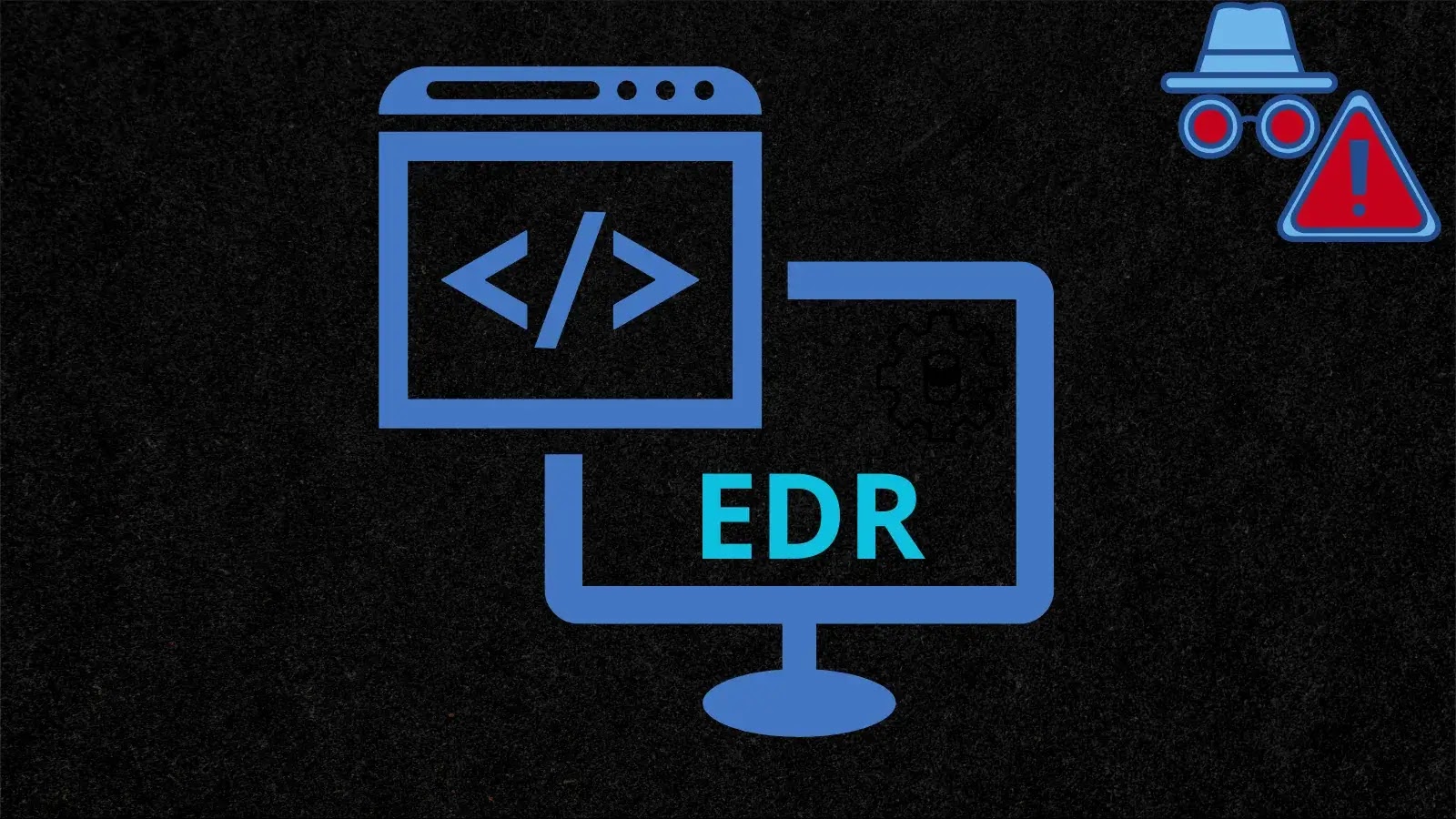
Researchers Evaded Elastic EDR’s Call Stack Signatures by Exploiting Call Gadgets
In the constantly evolving landscape of cybersecurity, the effectiveness of Endpoint Detection and Response (EDR) solutions is paramount. These tools are the digital guardians of our systems, designed to detect and neutralize advanced threats before they can inflict significant damage. However, recent research has unveiled a sophisticated evasion technique targeting Elastic EDR’s behavioral analysis capabilities, specifically its reliance on call stack signatures.
Security researchers have successfully bypassed Elastic EDR by exploiting “call gadgets,” demonstrating a clever method to circumvent the EDR’s robust detection mechanisms. This development, rooted in the Almond research, underscores the continuous cat-and-mouse game between defenders and attackers, highlighting the need for adaptive and resilient security strategies.
Understanding Call Stack Signatures and Their Role in EDR
At its core, an EDR solution like Elastic’s employs various techniques to identify malicious activity. One critical method involves analyzing the call stack—a data structure that stores information about the active subroutines or functions of a computer program. By examining the sequence of function calls, EDRs can build signatures that represent normal program behavior. Deviations from these established patterns often indicate suspicious or malicious activity.
For instance, if a legitimate application suddenly starts making system calls in an unusual order that doesn’t align with its typical execution flow, an EDR might flag this as a potential threat. Elastic EDR, known for its transparent approach, leverages these call stack signatures as a key component of its behavioral analysis.
The Evasion Technique: Exploiting Call Gadgets
The “call gadgets” technique represents a sophisticated method of obfuscating malicious behavior to evade EDR detection. Instead of injecting entirely new malicious code or making direct, easily identifiable malicious calls, attackers leverage existing, legitimate code sequences within a program. These sequences, often referred to as “gadgets,” can be chained together to perform a malicious action.
The researchers discovered that by carefully selecting and chaining these permissible call gadgets, they could construct malicious call sequences that mimic legitimate program behavior. This manipulation effectively fools the EDR’s call stack signature analysis, as the EDR perceives the activity as a series of legitimate, albeit unusual, function calls within an approved program. The EDR’s pre-defined signatures, designed to spot known malicious patterns, are bypassed because the executed code appears, at a granular level, to be part of the application’s normal operation.
Elastic’s Transparency and the Almond Research
Elastic’s commitment to transparency by publicly sharing its detection logic played a crucial role in this discovery. This open approach allows security researchers to rigorously test and improve EDR protections. The Almond research, which uncovered this call gadget evasion, is a testament to the value of such collaboration. While the identification of an evasion technique might seem concerning, it ultimately strengthens the security ecosystem by allowing vendors to understand and patch these bypasses.
Remediation and Mitigation Actions
While the specific details of the exploit and the EDR’s response are proprietary, organizations using Elastic EDR and other similar solutions can implement several strategies to enhance their defenses against such sophisticated evasion techniques:
- Regular EDR Updates: Ensure your Elastic EDR solution is always updated to the latest version. Vendors continuously release patches and new detection logic to counter emerging threats and bypasses.
- Behavioral Analytics Enhancement: Beyond call stack signatures, EDRs should incorporate a wider array of behavioral analytics, including process lineage, network activity, file system changes, and registry modifications. Relying on a single detection method leaves a significant attack surface.
- Advanced Threat Hunting: Implement proactive threat hunting by security teams. This involves actively searching for indicators of compromise (IOCs) and unusual activity that might not trigger automated alerts.
- Integrate with SIEM/SOAR: Connect EDR alerts and telemetry with your Security Information and Event Management (SIEM) and Security Orchestration, Automation, and Response (SOAR) platforms. This provides a holistic view of the environment and enables faster response times.
- Endpoint Hardening: Follow best practices for endpoint hardening, including principle of least privilege, application whitelisting, and regular vulnerability scanning. Reduce the attack surface that attackers can leverage.
- Employee Training: Train employees to recognize and report suspicious activities, such as phishing attempts that could lead to initial compromises.
Tools for Enhanced Detection and Analysis
Effective defense against advanced evasion techniques requires a multi-layered approach and the use of specialized tools. Here are some relevant tools:
| Tool Name | Purpose | Link |
|---|---|---|
| Sysinternals Suite | Advanced system utilities for process monitoring, registry, and file system observation. | https://learn.microsoft.com/en-us/sysinternals/downloads/ |
| Ghidra | Software reverse engineering (SRE) suite for analyzing compiled code, useful for understanding call gadgets. | https://ghidra-sre.org/ |
| IDA Pro | Disassembler and debugger for detailed analysis of binary code, essential for malware analysis. | https://hex-rays.com/ida-pro/ |
| Elastic Security (SIEM/EDR) | Combines SIEM and EDR capabilities for unified security analytics and threat detection. | https://www.elastic.co/security/ |
Conclusion
The evasion of Elastic EDR’s call stack signatures through the clever use of call gadgets is a stark reminder that cybersecurity is an ongoing arms race. As EDR solutions become more sophisticated, so do the evasion techniques employed by attackers. For organizations, this highlights the necessity of not only deploying robust EDR platforms but also embracing a holistic security strategy that includes continuous updates, advanced threat hunting, robust behavioral analytics, and comprehensive employee training. The Almond research, while exposing a weakness, ultimately contributes to strengthening our collective digital defenses.





